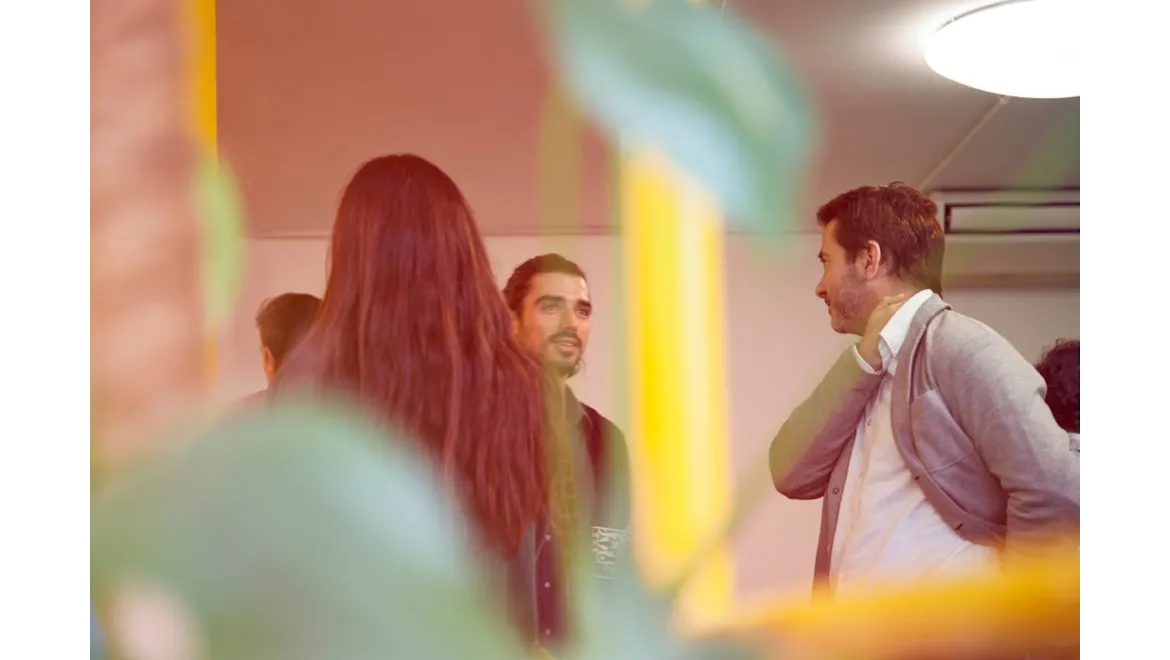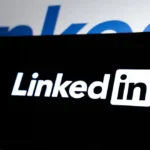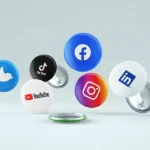I recently had a fascinating chat with Nathan, a seasoned digital marketing guru, about something that’s been on my mind a lot lately: the ethics of hyper-personalisation on LinkedIn. We’re all aiming to connect with the right people and generate new business, but are we treading a fine line between being relevant and being, well, a bit creepy?
Nathan was incredibly insightful, and I wanted to share some of the golden nuggets I gleaned from our conversation, particularly around hyper-personalized content marketing and lead nurturing.
Understanding the Ethical Tightrope:
Firstly, Nathan emphasized the importance of transparency. “People deserve to know why they’re seeing the content they’re seeing,” he explained. This means being upfront about how you’re using their data (engagement, profile information, etc.) to tailor your messages. Don’t hide behind vague language – be honest about your intentions.
He also stressed the need to respect user privacy. “It’s not just about compliance with GDPR or similar regulations,” he said. “It’s about fundamental respect. Just because you can access certain information doesn’t mean you should use it in an intrusive way.” Avoid mentioning specific details that someone hasn’t publicly shared or that could be perceived as too personal.
Crafting Relevant, Not Creepy, Content:
So, how do we create content that resonates without making people feel like they’re being watched? Here’s where the magic of hyper-personalisation comes in, but with a healthy dose of ethical consideration:
-
Segment Like a Pro: Nathan suggested starting with careful segmentation. “Don’t just blast a generic message to everyone in your industry,” he warned. “Think about their specific roles, pain points, and goals.” This requires thorough research and understanding of your target audience.
-
Content Tailored to Pain Points: Once you’ve segmented your audience, create content (articles, videos, infographics) that directly addresses their specific challenges. For example, if you’re targeting marketing managers in the tech sector, you might create a piece on “Overcoming the Challenges of Lead Generation in a Competitive Tech Landscape.” Notice how specific that is?
-
Engagement-Based Nurturing: This is where automation comes in. Nathan explained how to set up automated lead nurturing sequences based on engagement with your content. “If someone downloads your whitepaper, trigger a follow-up email offering a free consultation,” he suggested. “If they watch your video, send them a relevant case study.” The key is to provide value at every step of the journey.
A Practical Example:
Let’s say you’re selling project management software. Instead of sending the same demo invite to everyone, you could create three different versions:
- For Operations Managers: Focus on efficiency gains and cost reduction.
- For Marketing Managers: Highlight the software’s ability to improve campaign planning and execution.
- For Engineering Leads: Showcase its features for managing complex projects and deadlines.
Each version would link to a tailored landing page with a demo relevant to their specific needs. This shows you understand their challenges and offers a solution that directly addresses them.
Building Trust, Not Backlash:
The bottom line, according to Nathan, is that hyper-personalisation is about building trust, not generating leads at any cost. He suggested always asking yourself: “Would I be comfortable receiving this message? Is it genuinely helpful and relevant?” If the answer is no, then it’s time to rethink your approach.
Remember, a negative experience can be incredibly damaging. A user that feels they have been targeted inappropriately by a hyper-personalised message will likely never engage again and may even block the source. This will affect your reputation and negatively impact future marketing activities. Instead, focus on creating value, being transparent, and respecting user privacy. This way, you can harness the power of hyper-personalisation to build meaningful connections and generate new business on LinkedIn without crossing the line into creepiness.
He also explained that by understanding your target audience intimately, crafting relevant content that genuinely addresses their pain points, and nurturing leads in a way that’s both personalized and respectful, you’ll not only avoid negative backlash but also build lasting relationships that ultimately drive business growth.
In short, think about the human on the other side of the screen, and you’ll be well on your way to mastering the art of ethical hyper-personalisation on LinkedIn.











